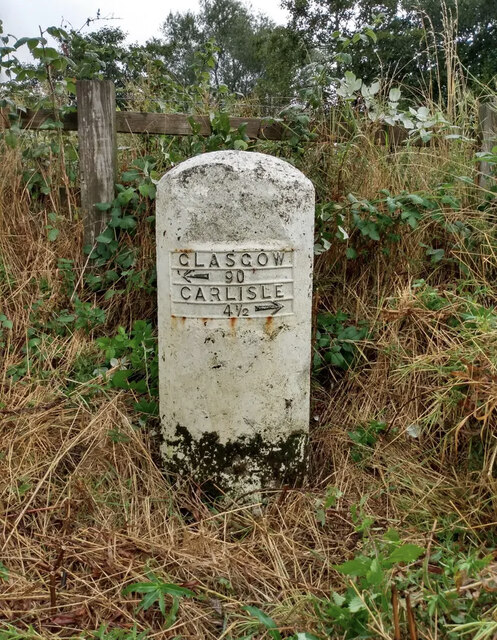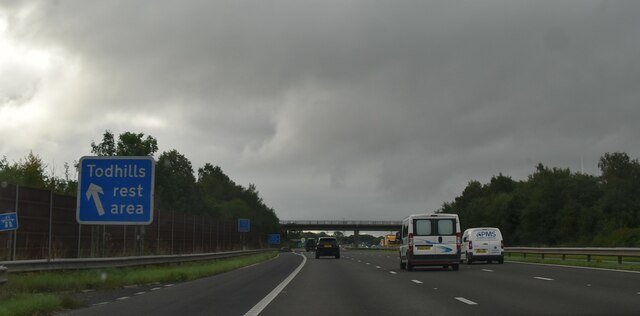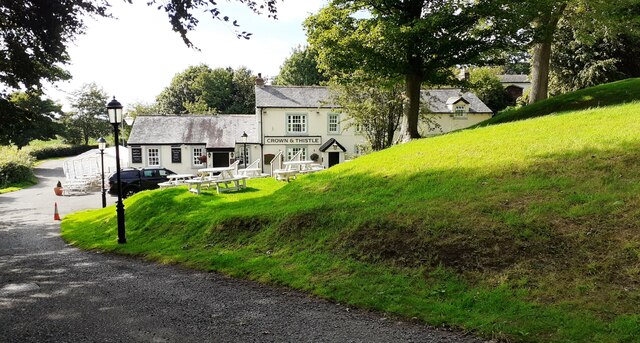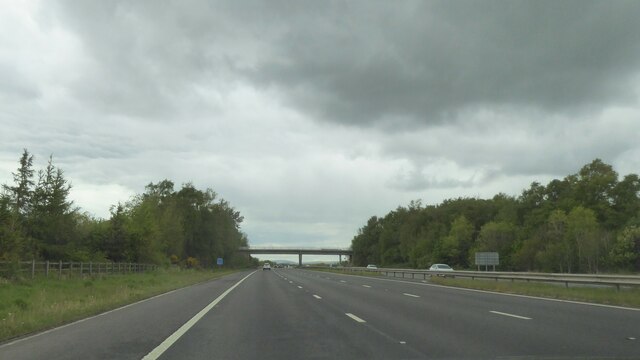Back Road Wood
Wood, Forest in Cumberland Carlisle
England
Back Road Wood

Back Road Wood is a dense forest located in Cumberland, a picturesque region in the northwest of England. It is known for its natural beauty and ancient woodland, comprising a wide variety of tree species and wildlife. The forest covers an expansive area of approximately 500 acres and is a popular destination for nature enthusiasts and hikers.
The wood is characterized by its diverse vegetation, including towering oak, beech, and chestnut trees, which create a lush and enchanting atmosphere. The dense canopy provides shade and shelter to a rich array of flora and fauna, making it a haven for biodiversity. Bluebells, wild garlic, and ferns are among the many plants that carpet the forest floor during the spring and summer months.
Back Road Wood offers numerous walking trails and footpaths that wind through its serene landscape. These trails cater to all levels of walkers, from leisurely strolls to more challenging hikes. Along the way, visitors can enjoy the tranquil sounds of birds chirping and the occasional sighting of deer, squirrels, and rabbits.
The wood is also steeped in history, with remnants of ancient settlements and archaeological sites scattered throughout. It is believed to have been inhabited since prehistoric times, and evidence of human presence can be seen in the form of ancient earthworks and burial mounds.
Back Road Wood, Cumberland, is a haven for nature lovers and history enthusiasts alike. Its breathtaking beauty, diverse wildlife, and rich history make it a must-visit destination for anyone seeking a tranquil escape into nature.
If you have any feedback on the listing, please let us know in the comments section below.
Back Road Wood Images
Images are sourced within 2km of 54.950415/-3.0060402 or Grid Reference NY3562. Thanks to Geograph Open Source API. All images are credited.









Back Road Wood is located at Grid Ref: NY3562 (Lat: 54.950415, Lng: -3.0060402)
Administrative County: Cumbria
District: Carlisle
Police Authority: Cumbria
What 3 Words
///visions.riot.reflector. Near Gretna, Dumfries & Galloway
Related Wikis
Rockcliffe, Cumbria
Rockcliffe is a village and civil parish in the City of Carlisle district of Cumbria, England. Part of the parish is a marshy peninsula between the mouths...
Rockcliffe Cross
Rockcliffe Cross is a village in the parish of Rockcliffe, in the City of Carlisle district of the county of Cumbria, England. == Location == It is located...
Todhills, Cumbria
Todhills is a small village on the outskirts of Carlisle, Cumbria, England. The village's name is from Old English tota-hyll "look-out hill". Located north...
Todhills Rest Area
Todhills Rest Area is a rest area in between Junctions 44 and 45 of the M6 motorway in England. It is the last Services northbound on the M6 and the first...
Rockcliffe railway station
Rockcliffe railway station, later Rockcliffe Halt was a station which served the rural area around Rockcliffe, Rockcliffe parish, north of Carlisle in...
Floriston railway station
Floriston railway station was a station which served the rural area around Floristonrigg, Rockcliffe Parish, south of Gretna in the English county of Cumberland...
Metal Bridge, Cumbria
Metal Bridge is a small settlement in Cumbria, England between Carlisle and Gretna, formerly on the main A74 road. The settlement consists of a few properties...
Carlisle Kingmoor Marshalling Yard
Carlisle Kingmoor Marshalling Yard is a stabling point located in Carlisle, Cumbria, England. The depot is situated on the West Coast Main Line and is...
Nearby Amenities
Located within 500m of 54.950415,-3.0060402Have you been to Back Road Wood?
Leave your review of Back Road Wood below (or comments, questions and feedback).














